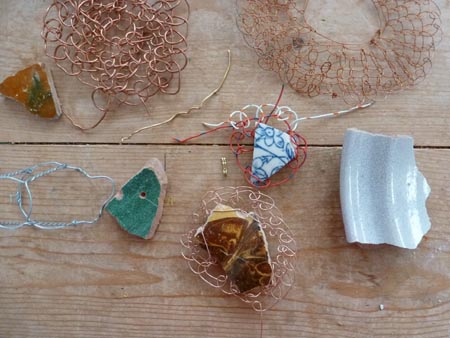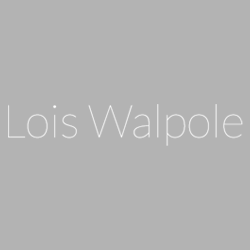Thoughts on Research
When I embarked on doctoral research at the Royal College of Art in London 1999 I had no idea really what research was about. I knew at some base level that it involved ‘finding out things’ but how that was to be achieved was a complete mystery to me. I just assumed it involved reading books and asking questions and then compiling it all into something meaningful. Four years later, thanks to the support provided by the College, I had a far better idea of what it was. One of the things that I learned is that academic research is pretty similar to the research one does as an artist and can be equally as exciting.
You have to start somewhere and that starting point is often just a question that you ask yourself. In my studio, it is often ‘what can I do with this material? But you quickly discover that in order to answer this question you have to re phrase it a million times. This is because the first question you came up with doesn’t get you the information you think you want, or need, and the information it has provided isn’t as interesting as maybe you hoped it would be. So my question to myself in the studio might then change to ‘what can I do with this material if I combine it with this technique?’ and then ‘what can I do if I combine this material with another material and this technique? It is not always quite as clear-cut as this but I hope you get the idea.

Current studio research – ‘how can I join ceramics and wire’?
But, just as you think your question is starting to get the answers you hoped for, an even more interesting thing starts to happen. The research takes over and leads you to all sorts of places you never imagined going to. Before long, you have discovered the answer to a question, but it isn’t to the one you asked in the first place and is in fact often far more interesting than that original question. This explains why one of the first things you are told when you embark on academic research, is that the abstract (which outlines your enquiry and which goes at the front of your essay or thesis) cannot be written until you have finished the research ! This is often one of the hardest things for the research student to accept because right from childhood we learn that questions come before answers!
Lois Walpole, Britain

PROFILE
Lois Walpole is of Anglo Scottish heritage and trained in Sculpture, Basket Making and Design.
She works full time as an artist/basket maker taking part in and curating national and international exhibitions, working to commission, designing for production, teaching and writing.
She divides her time between the Shetland Islands and the Charente, in south west France, where her studio is based.
Her blog gives the latest about her teaching and exhibitions and is where she talks about the baskets and basket related things that she finds interesting, inspiring, infuriating and intriguing…
Her self imposed rules are “no materials purchased and basket making techniques employed wherever possible”.
